
6 minute read
Garden
Gardens
QUALITY NATURAL STONE SUPPLIES
Advertisement
Nationwide delivery Available

Call Liam on 01298 84173 | M: 07977 589 305
Indian paving Setts & Cobbles Reclaimed Paving Circles Barrels Porcelain Paving Troughs Sleepers
www.penninepaving.co.uk | sales@penninepaving.co.uk | Newhaven, Buxton, Derbyshire SK17 0DU
Gardener’s Calendar We’re largely getting to the stage of making things ready for next year’s garden, while still looking forward to some over-winter colour and looking after the most vulnerable areas.

If you have parts of the lawn which get waterlogged during winter you can spike the area properly now and brush grit or sharp sand into the holes to help improve drainage. You’ll also help the lawn by raking up fallen leaves which block out light and harm grass growth. As much as possible also take piles of leaves away from bushes and shrubs otherwise slugs and snails might use them for overwintering. Which isn’t to say you shouldn’t create wildlife habitats around the garden, just maybe not round your prize perennials.
If you’re wanting to divide and replant perennials which flower before next July – the likes of oriental poppies or lungwort – it’s best to do them now. Replant the same day if you can so they don’t suffer too much shock.

Roses planted in exposed spots, should be pruned now to stop windrock over the winter. Cut off most of this year’s growth and if there’s any sign of blackspot, don’t put cuttings in the compost as it will transmit the disease.
Tulip bulbs should be planted by the end of November. And hopefully there will be a good bit of colour this winter if you plant outdoor cyclamen, Top Tip (not the big showy ones, they’re not usually hardy enough to survive the cold), hellebores and winter pansies.
Bubble wrap your pots to stop them cracking. Not all pots are safe from frost.
A garden room isn’t just a room in your garden…
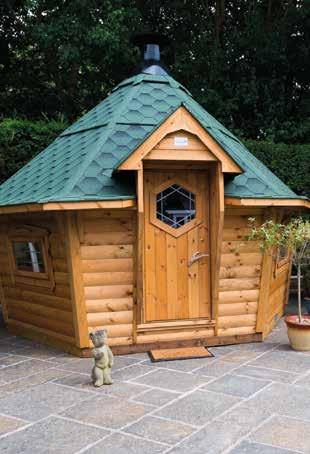
it’s a room that adds value to your life, and your home. With 20 years experience in designing, manufacturing and installing garden buildings throughout the UK you can trust that Cabin Master will deliver you The Perfect Space for your garden, such as a Garden Office, Gym, Mancave, Garden Bar, Entertaining Space or Spare Room.
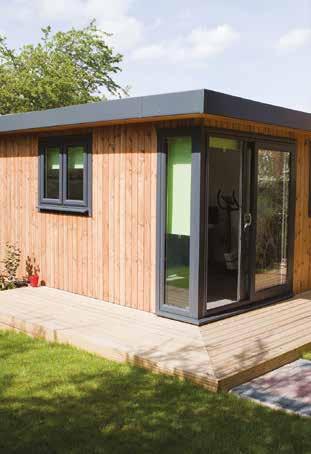
The Perfect Escape. Holiday at home...
with a BBQ cabin. It can become the heart and soul of your garden. Our trademarked sloping wall design not only gives the cabins an unmistakable silhouette, it also makes them very comfortable and enables you to sit back and relax whilst enjoying countless days and nights with your favourite people.



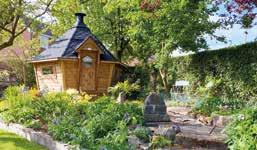

Free Site Surveys Free Design Service No Obligation Quotes Flexible Finance Available
www.cabinmaster.co.uk www.arcticcabins.co.uk
Call: 0115 932 8888 Visit Our Open Air Cabin Master Village With 22 Stunning Buildings On Display
Opening times: Monday - Sunday 10am - 4pm
The Rose Gardens, 251 Toton Lane, Stapleford, Nottingham NG9 7JA.
SOAR TO SUCCESS WITH
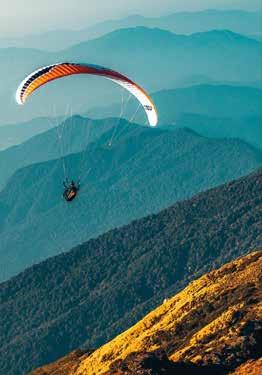
ADVERTISE YOUR BUSINESS IN YOUR LOCAL AREA!
DON’T DELAY, CONTACT US TODAY
T: 01773 549035 | E: info@voicemagazines.co.uk | www.voicemagazines.co.uk


Design. Create. Maintain.
We pride ourselves on providing the highest quality work with complete customer care.
FREE No Obligation Quote

ROADSWEEPING
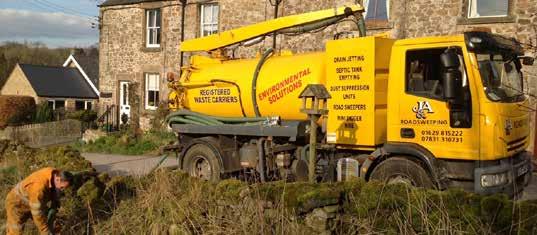
Our Services include: • Septic Tank Emptying & Repairs
• Drain Jetting • Drain Repairs • Groundswork
• Road Sweeping • Gully Emptiying • Dust Supression • High Pressure
Drain Jetting • CCTV drain inspection
NOW OFFERING A NEW SERVICE! DRAIN INSPECTION CAMERAS
ESTABLISHED OVER 25 YEARS
Andy: 07831 310731 Ashley: 07787 074414
email: jandasweep@tiscali.co.uk office: 01629 815222 Ashford in the Water, Bakewell, DE45 1PY
GARDENS
Peak Deer on the Move
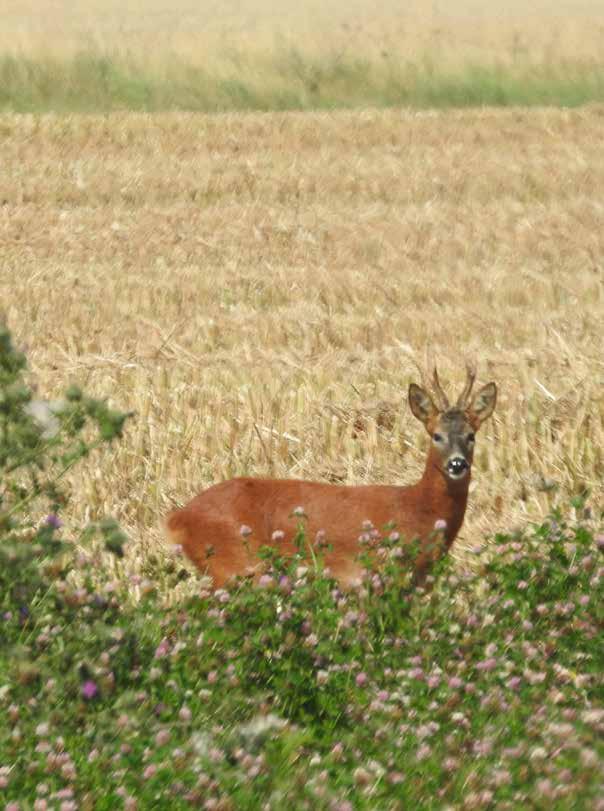

The Peak District Eastern Moors especially Big Moor have become well known for their feral populations of red deer – our largest and most magnificent British land mammal. Numbers have grown since the 1980s and with management culling on the core site of Big Moor there are probably somewhere between 200 and 300 animals across the estate. However, in the wider region beyond Big Moor, animals have dispersed over a considerable area; probably in part due to disturbance through the cull, which naturally makes the animals very nervous. Overall, the numbers are still rising and the area over which the red deer now roam has increased eastwards into Sheffield and Dronfield, northwards too, and west towards Eyam. Of course, there is a further western Peak population around the Roaches and the Staffordshire Moors. Historically the other main deer species you might see in and around the Peak was the back (melanistic) herd from Stanton deer park, and down into Matlock and Darley Dale. This is a medieval herd and well documented. However, things are changing and there is another deer now spreading and increasingly commonly reported. This is the roe deer. Occurring mostly in smaller groups than the other two and considerably smaller, roe can be mistaken for young or female red deer and so wherever possible, records are best supported by a photograph. Twenty years ago, roe deer were very uncommon in the Peak but increasingly seen in the eastern lowlands both north and south of the area. Nevertheless, since then the roe deer have spread often unnoticed but to a point where they are now rather common. Tending to feed in fields and to hide away in woodland and scrub, the roe can be around but not detected. They are quite frequently observed around woodland
edges such as near the Grouse Inn at Froggatt, but are also penetrating deep into urban areas such as in the heart of Sheffield. In both town and country, they will turn up in back gardens and along roadsides and seem quite bold and unaffected by disturbance. In Sheffield for instance, they have been Photo by Steve Smith seen regularly around urban Meersbrook and Heeley, and find shelter in woods, cemeteries, and along watercourses too. In farmland and countryside with scattered woodlands, the roe deer is now the most likely to be spotted. From the White Peak to Bakewell and the Wye and Derwent valleys, the roe is present and doing well. Often though, they will see you before you see them and will be off like a shot. Moving between sites under cover of darkness, they can move into the suburbs and rural villages without detection. However, listen out for their distinctive barking which can be heard at night for over a quarter a mile or more. The final deer species that you might encounter locally is the exotic Asian muntjac; seen and heard to the east and south, but are generally rare in and around the Peak District.
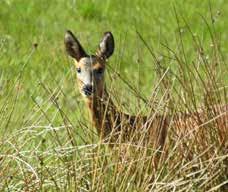

TravelTravel

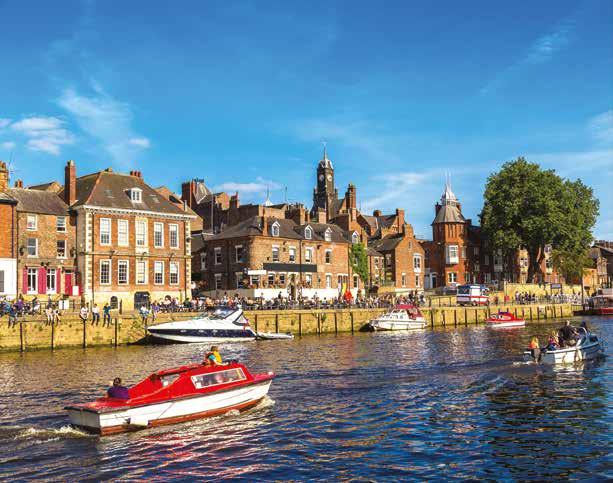

2022

British & Continental Coaching Holidays
2022 brochure now available! Please call the office on 01629 582826 to request a copy



